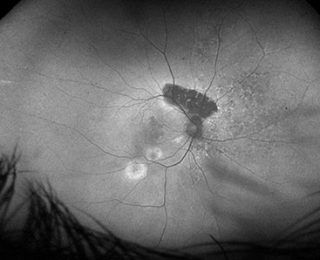Pioneering Technology by Optos – Daytona Plus
Optos’ patented ultra-widefield digital scanning laser technology acquires images of the back of the eye that support the detection, diagnosis, analysis, documentation and management of ocular pathology and systemic disease that may first present in the periphery. These conditions may otherwise go undetected using traditional examination techniques and equipment. Simultaneous, non-contact, central pole-to-periphery views of up to 82% or 200 degrees of the retina are displayed in one single capture, compared to 45 degrees achieved with conventional methods.


























 powerhousegroup.net
powerhousegroup.net